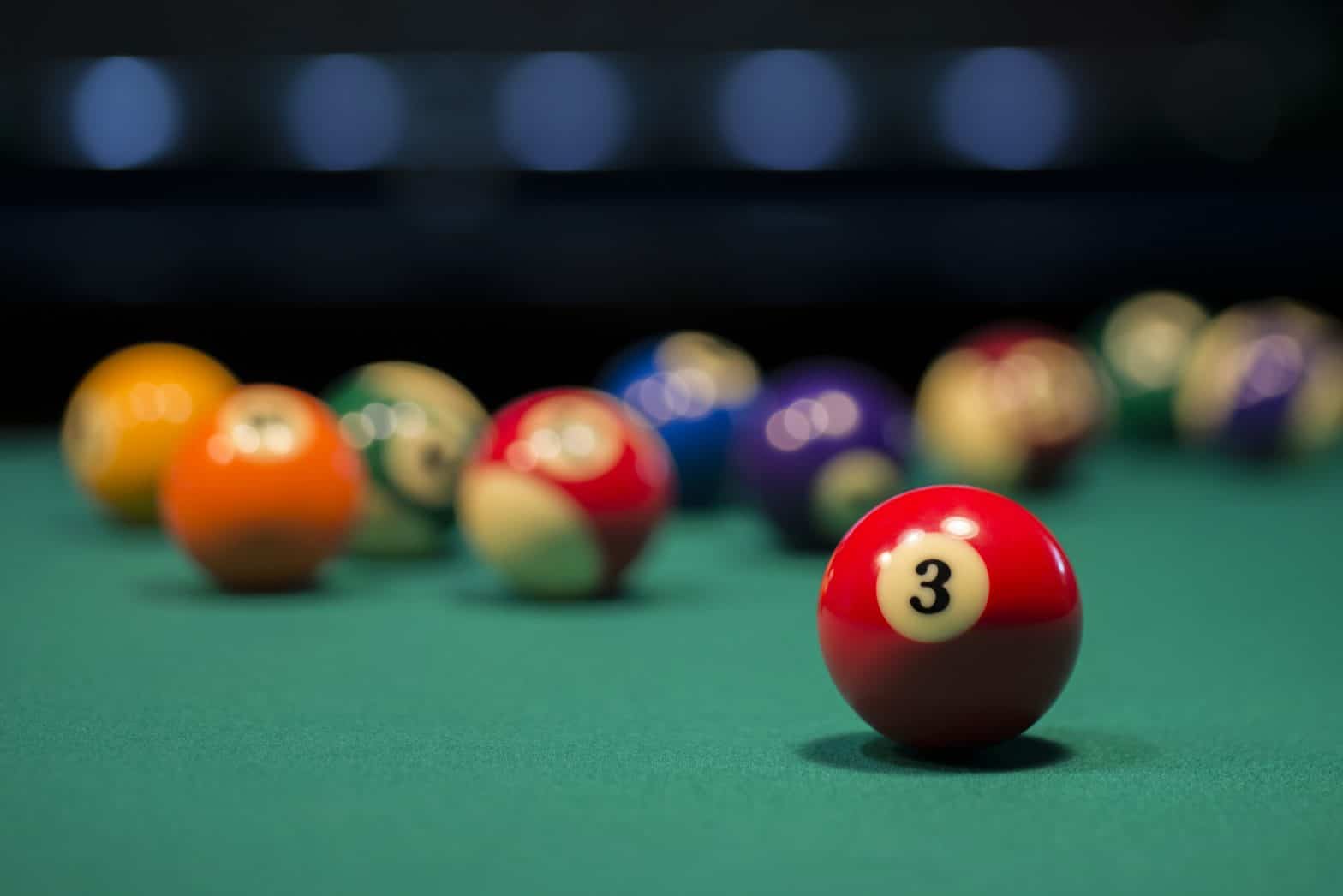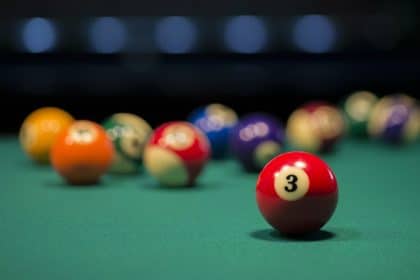
Pool is a game with a long and interesting history that players of the game can enjoy! Originally, pool was a game that was treated like croquet in the 15th century, mainly throughout Northern Europe.
Over the years, pool was moved indoors, where it was played from a wooden table covered with a green cloth. This green cloth symbolized grass, and the edges were boarded to ensure the balls stayed on the table. Rather than hitting the balls with a stick, as we do today, they used to shove the balls around the table. Eventually, wooden sticks were used and were called maces.
How Pool Balls Originated
Pool balls are easy to identify and differentiate from other balls used in sports such as baseball or basketball. They are small, hard, and feature different numbers and colors. Pool balls also vary in diameter and pattern.
As technology has progressed, pool balls have changed in numerous ways. In the beginning, the pool balls were made using wood since it was inexpensive and easy to use. After wood, pool balls were created using clay up until the 20th century. Throughout the 17th century, Europeans began to colonize countries such as Asia and Africa, where they grew to love ivory from elephant tusks. This material was a symbol of wealth and was used to make pool balls, piano keys, walking sticks, and more.
In today’s world, ivory is a very controversial material but back during the 17th century, it was deemed to be amazing coming from Asian elephant tusks, which is why no one sought out alternative materials. Ivory offered the right size, beauty, durability, and strength that manufacturers were seeking at the time.
Ivory was used for a long time, but with mass markets throughout the world, too much ivory was being used, not only for pool balls but for numerous other trinkets as well.
By the 19th and 20th centuries, elephants were in serious danger of becoming extinct. You could only get four or five pool balls from a tusk. Typically, tusks for pool balls came from species such as the Ceylonese, Indian, and Indo-Chinese elephants.
Once harvested, the raw tusks were shipped to the U.S., mainly to New York and Chicago. Once delivered, professional ivory turners would create the pool balls. The harvest of elephant tusks was stopped due to an issue of cost rather than environmental concern. In 1869, new materials were sought out for pool balls, although you could still find ivories up until 1920.
New Pool Ball Material is Developed
In 1907, a material called Bakelite was created. This is a type of phenolic resin that is currently used to make the pool balls we know today. Bakelite is heat resistant and a cheaper alternative to ivory. It can also resist impact and is easy to clean and maintain.
Saluc SA was founded in 1923 in Belgium and is known as the genius behind the Aramith brand, specializing in phenolic resin pool balls. The phenolic resin uses a phenol or carbolic acid base. Phenol originally came from tar, but with extraction advancements, we now get it from petroleum.
According to Aramith, phenolic balls can last up to five times longer than other ball materials. Other materials used for pool balls include polymers or polyester.
Looking for Quality Pool Table Accessories? We Can Help!
At West Penn Billiards, we offer a wide range of pool table accessories to help you create the perfect game. Contact us today to learn more!


